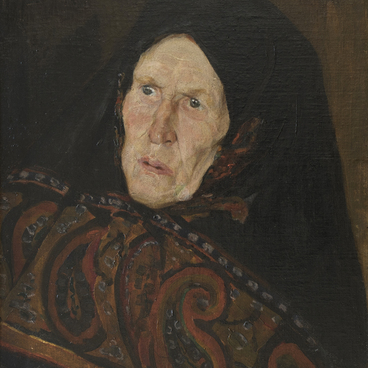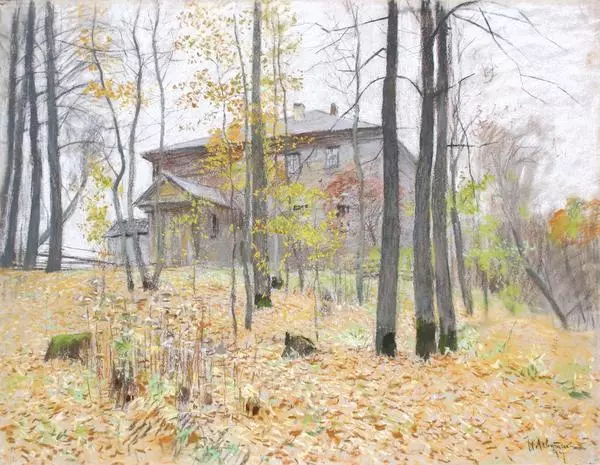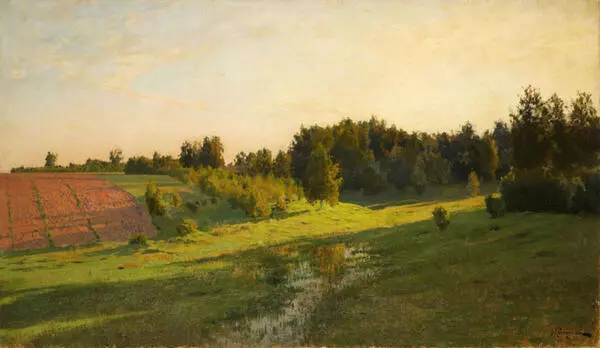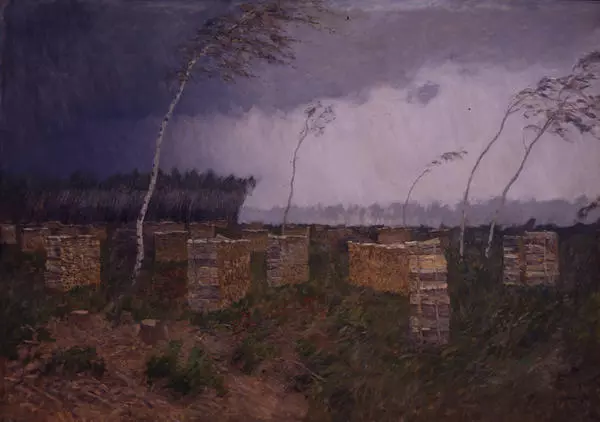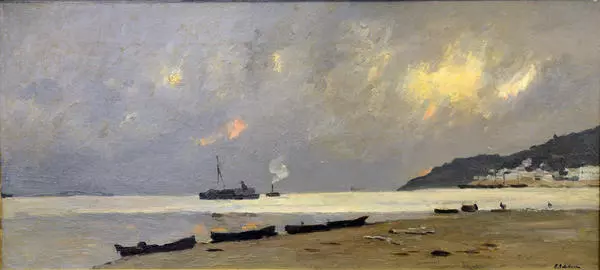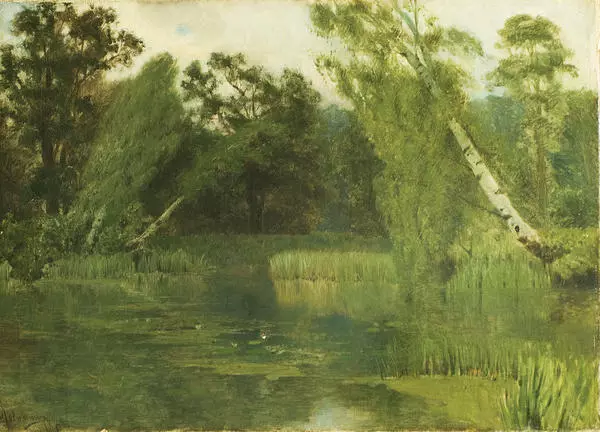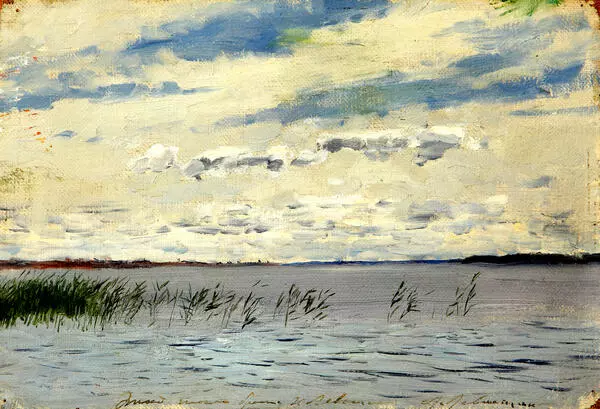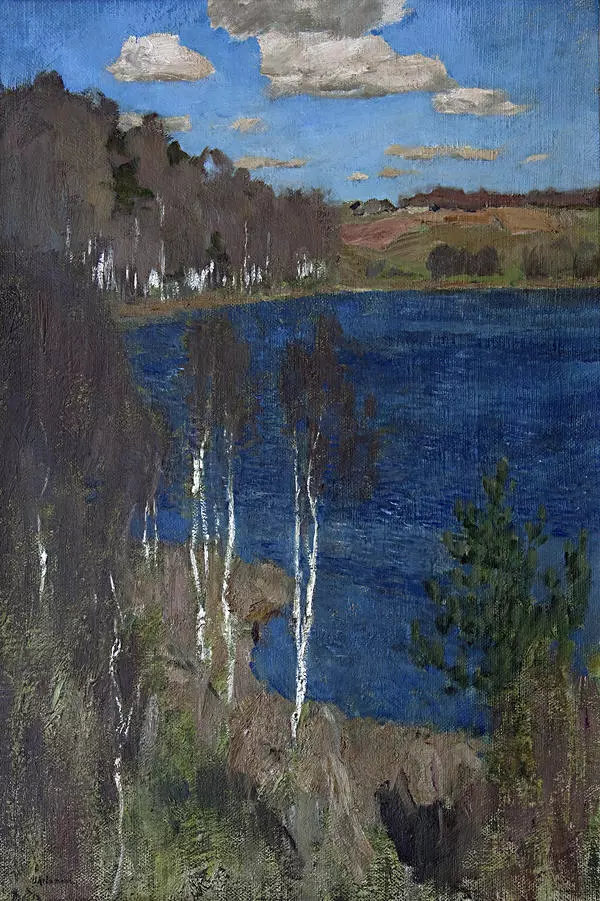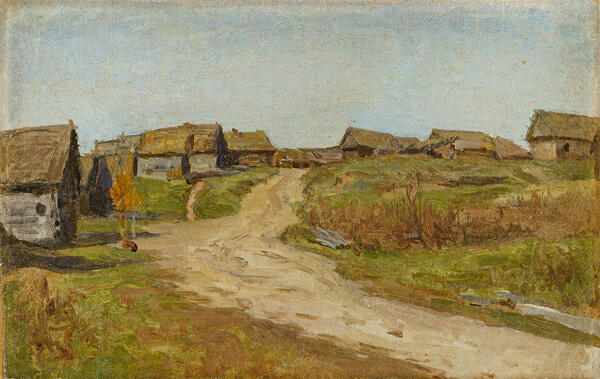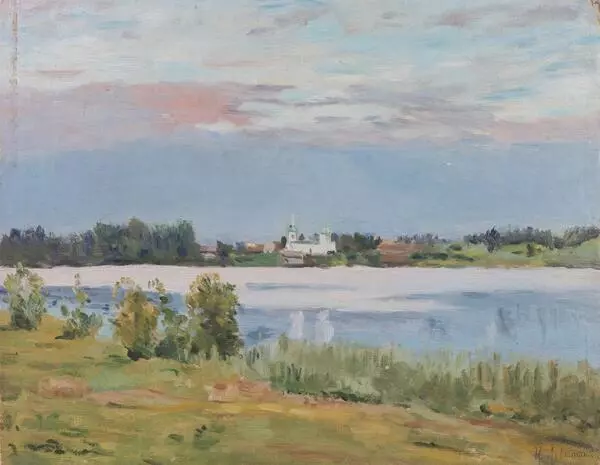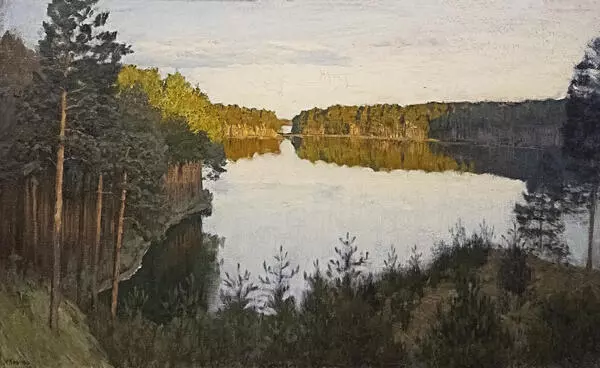Isaac Levitan was born into an educated but poor Jewish family who lived near the railway station of Kibarty in Lithuania. His father Ilya Levitan studied to become a rabbi but had to abandon his religious career. He taught foreign languages and worked as a cashier and ticket inspector at railway stations. In search of a better life, the Levitans eventually moved to the outskirts of Moscow in the late 1860s. However, Ilya Levitan failed to find permanent employment in Moscow and continued to rely on casual work to support his family.
Despite the financial difficulties, the parents did not object when their sons decided to attend the Moscow School of Painting, Sculpture and Architecture. At the School, Isaac Levitan became friends with fellow students Konstantin Korovin, Mikhail Nesterov, and Aleksey Stepanov. His teachers included Vasily Perov and Vasily Polenov. However, the one mentor who had the most significant influence on the artist’s development was Aleksey Savrasov. His quote “Paint, study, but most importantly, feel!” became the guiding principle for Isaac Levitan.
In the late 1870s, Levitan began to create his “mood landscapes”, in which he not only depicted nature but also expressed his feelings and emotions. Being unusually sensitive to nature’s beauty, he conveyed the poetic mood inspired by various natural phenomena in his oil paintings and watercolors. Without going into too much detail, he managed to grasp the origins of his feelings. The artist dreamed of creating a House of Landscapes — a large workshop where all Russian landscape painters could work together. His works achieved success at the World’s Fair in Paris and the exhibition in Munich.
Igor Grabar described the artist as follows,


